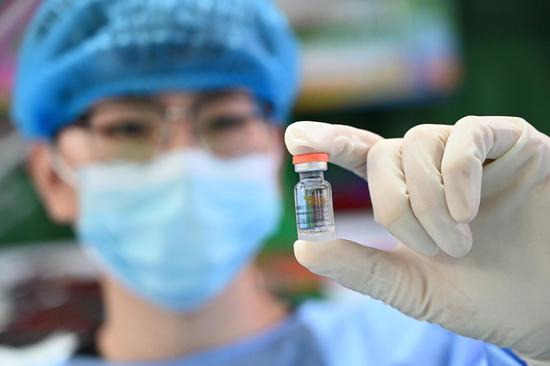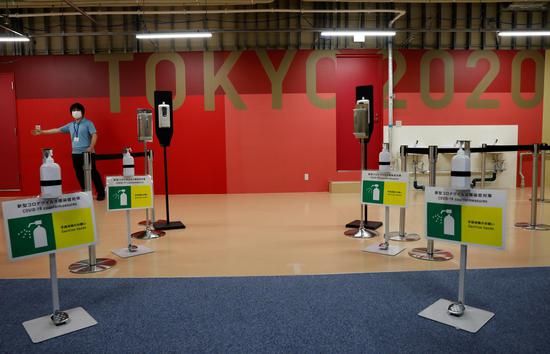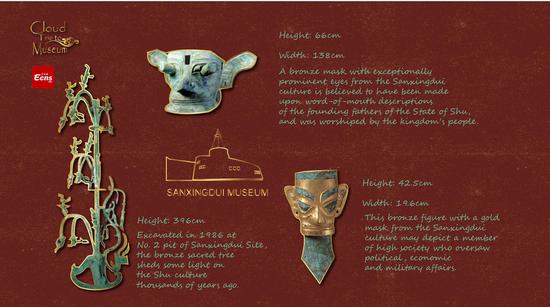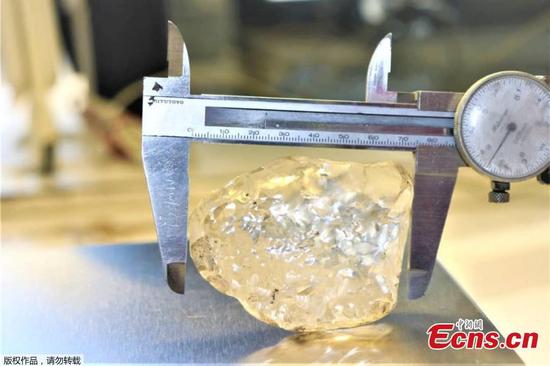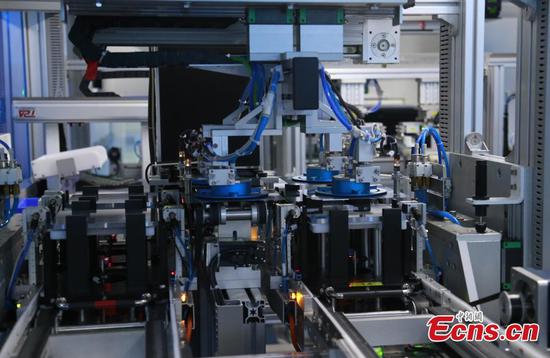
Timeline for national policies and programs related to health for children and women
1950s:
Rolling out campaigns on:
Promoting births attended by skilled health personnel
Expanding free immunization
Control and prevention of sexually transmitted diseases
Introducing "barefoot doctors" to rural areas
Establishing three main health insurance programs
Government insurance program
Labor insurance system
Cooperative Medical System in rural areas
1980s:
Re-organizing maternal and child health systems
Expanding immunization program
1990s:Setting up parallel national information systems of maternal and child health as data sources for decision-making in government and for performance evaluation of national intervention programs.
1994:Enacting the Law on Maternal and Infant Health Care, which ensures the protection of maternal and infant rights to appropriate health services.
1995:Launching the three-phase Outline of Women's Development, and the three-phase Outline of Children's Development, which serve as cornerstones for promoting the rights and interests of women and children.
1998:Setting up the Urban Employee Basic Medical Insurance System that incorporates maternity insurance for urban female employees.
2000:Launching the Reducing Maternal Death and Eliminating Neonatal Tetanus Program that focused on enhancing health infrastructure, reinforcing local capacity, improving referral systems and local training, promoting health education and strengthening supervision and management of obstetric services. (The program ended in 2013 and was merged into another new program.)
2003:Establishing the New Rural Cooperative Medical System to cover rural residents.
2007:Establishing the Urban Residents Basic Medical Insurance System to cover nonworking urban residents, including children, students, the unemployed, older adults and people with disabilities.
2009:
Introducing the National Essential Public Health Services Program that includes immunization, health management for children aged 0-6 years, antenatal and postnatal healthcare, and free condoms.
Introducing the National Major Public Health Service Program that includes a subsidy for hospital delivery, prevention of mother-to-child transmission of HIV, syphilis and hepatitis B, screening for neonatal diseases, prevention and control of thalassemia and supplementary food for children aged 6-24 months.
2013:Initiating the Targeted Poverty Alleviation program that contains a focus on improving the health of women and children. Measures include reducing payment for related services; providing medical coverage for cervical and breast cancer among rural women and for selected congenital heart disease and some subtypes of leukemia among children; and providing further medical services to cover 70 percent of out-of-pocket payments, or higher.
2016:Launching the blueprint for Healthy China 2030, which sets the goal of reducing the maternal mortality rate to 12 deaths per 100,000 live births in 2030, the infant mortality rate to 5 deaths per 1,000 live births, and the under-5 mortality rate to 6 deaths per 1,000 live births.
2019:Issuing the Healthy China Initiative (2019-30) that lists measurable improvements over the years.
Sources: National Health Commission, A Lancet Commission on 70 years of women's reproductive, maternal, newborn, child and adolescent health in China.



















